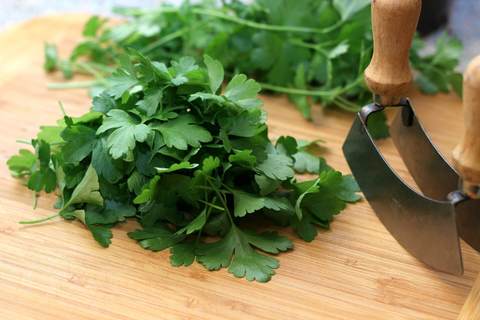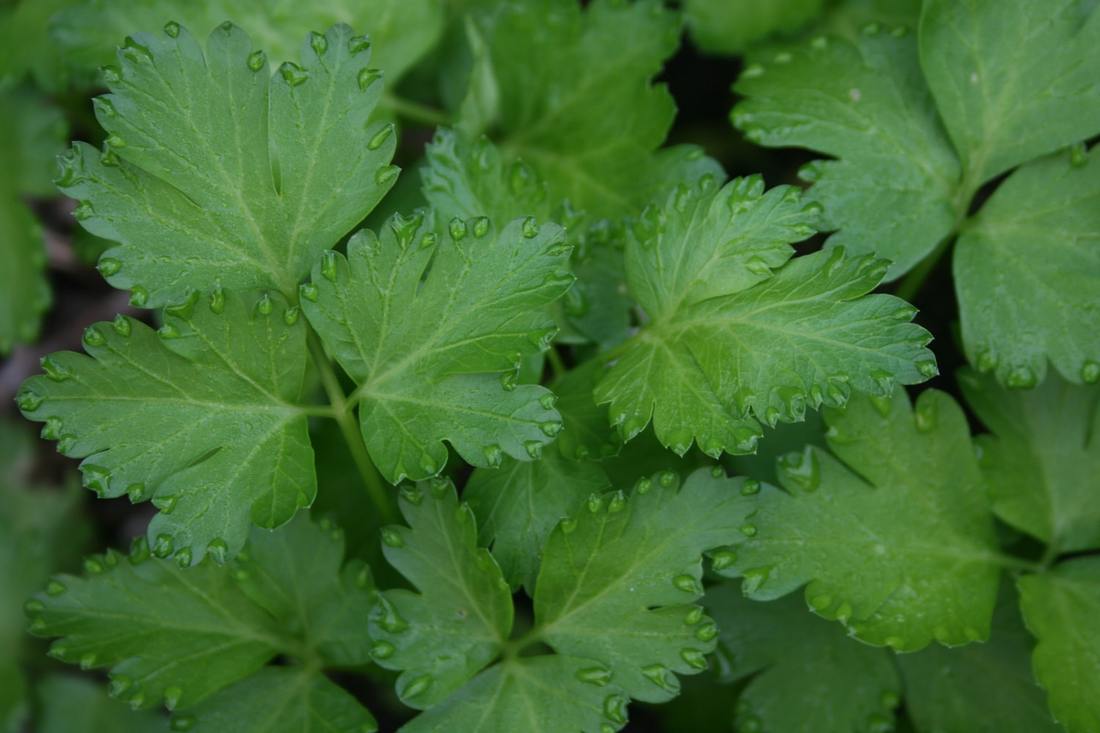Parsley: Not Just a Garnish Anymore
Biologically , it is known as Petroselinum crispum. Parsley is an annual plant which contains various antioxidants and therapeutic properties.
Therefore, instead of using it for garnish, it's the perfect time to reap some of its long-standing health benefits too. Let's examine some of the aspects that make Parsley an excellent food:
An abundance of antioxidants
The presence of a variety of antioxidants, including lycopene, luteolin, apigenin , and many more, Parsley is known to protect cells from damage and increase the antioxidant capacity of blood. Because antioxidants are able to effectively slow the process of aging by battling free radical damage as well as body inflammation, it can be very beneficial in preventing age-related ailments like heart disease eye diseases, eye problems, and neurodegenerative diseases.
Cancer-Fighting Essential Oils
Because of the presence of certain distinct elements such as limonene myristicin and eugenol, in the oil of parsley, Parsley lowers the risk of tumor formation and growth. Its ability to shield DNA from being damaged and to prevent the mutation of cells, it is sometimes referred to as "chemoprotective herb". According to research conducted by the American Association of Cancer in 2013, a positive Parsley chemical called "Apigenin" may hinder the development of breast cancer-related cells and mammary tumors.
Protection against Arthritis
Being a good in minerals such as Magnesium, Calcium, Vitamin K along with Boron, this plant reduces the amount of bone loss, thereby reducing the risk of developing osteoporosis. Additionally eating regularly of Parsley may increase the elimination of uric acid levels , which helps reduce joint stiffness and pain associated with arthritis.
Improves digestion and strengthens the Immune System
Parsley has a high content of fiber that aids in the digestion of food by the digestive tract, and also in controlling blood cholesterol levels too. It is an abundant source of essential vitamins like Vitamin A, C, and K. This makes the herb a vital ingredient in fighting the immune system and skin allergies.
How to cultivate Parsley at your home
This herb of great benefit is easy to cultivate at your home. Begin by sowing seeds inside the pot. Once your seeds begin to sprout, you can plant the seeds in their final location. Place the seedlings in moist soil approximately six to eight inches from each other. The plant prefers soil that is enriched with organic compost. Regularly water the plants to ensure good growth. Also, make sure that your plant gets 5-6 hours of sun each day.
You'll be able to harvest parsley when leaves have three segments. Take the leaves out of the outside segments anytime you'd like to make use of the leaves. Do not cut off the top of the stems because it can hinder the growth of new leaves.
Uses of Parsley

In addition to the many medicinal benefits This herb can be extensively used in cooking. Incorporate them into soups, sauces or salad dressings. It also makes a great seasoning for steamed vegetables as well as salads and other dishes when minced finely. It also reduces the need to add salt to your food and is a wonderful option for those trying to reduce their sodium consumption.
There are countless benefits to Parsley which can be beneficial for your well-being. It's high time to make the most of everything Parsley has to provide. You can grow a lot of Parsley at home using our non-GMO seeds that are heirloom! This simple-to-grow plant will more than enhance your dishes but will also provide nutrients to your diet too.
